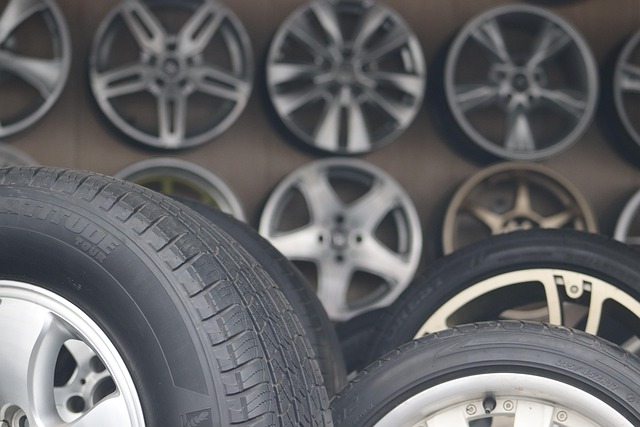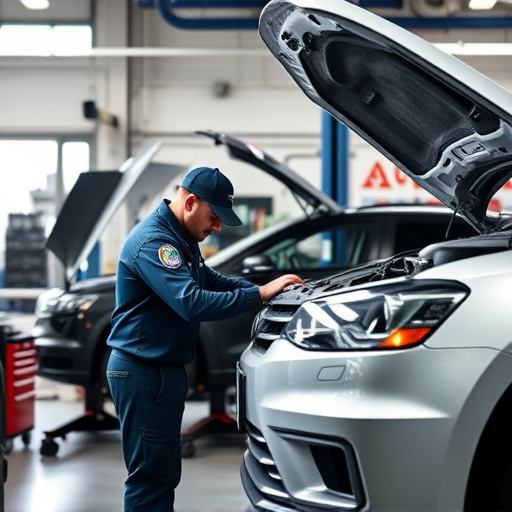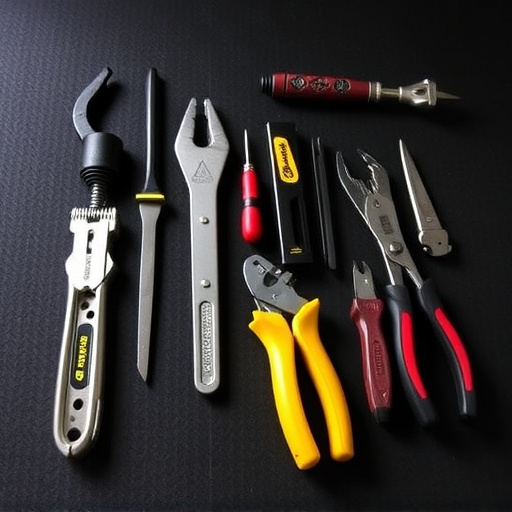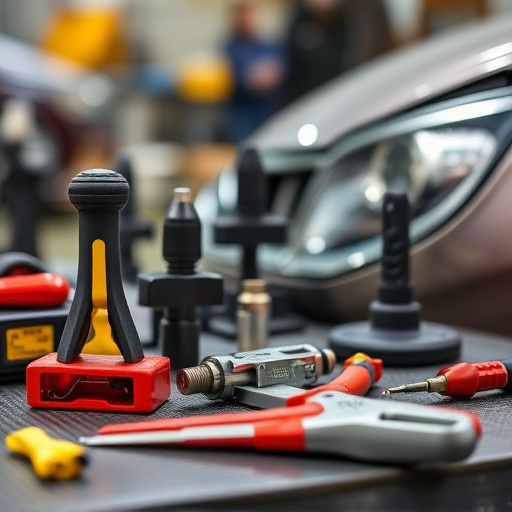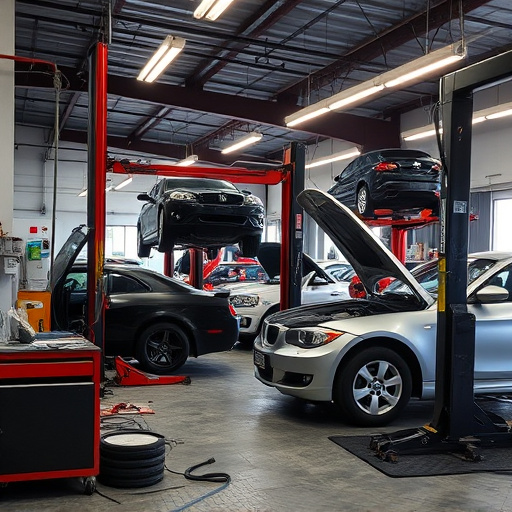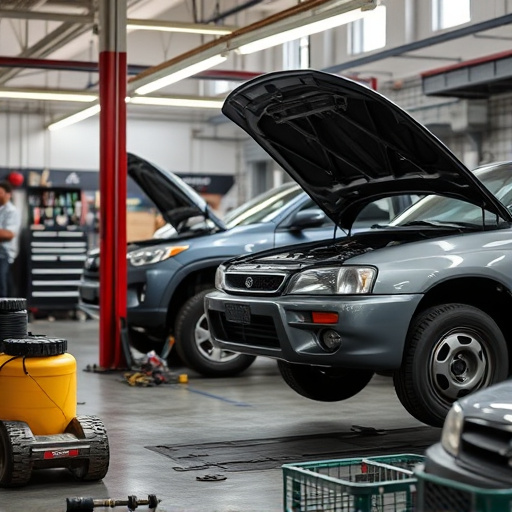The article addresses the challenges in vehicle repair authorization, citing miscommunication, inefficient processes, and a lack of clarity between providers, customers, and insurance companies as core issues. The complex insurance criteria varying by provider and policy creates delays, frustration, and potential claim denials. Digital transformation has worsened these problems, with manual paperwork being a major bottleneck. Implementing digital tools for automated communication and data processing can revolutionize repair authorization, ensuring quicker and more precise repairs, enhancing customer satisfaction, and improving overall repair quality, particularly in critical areas like car paint repairs. Streamlining processes and digital solutions are key to mitigating challenges and maintaining business reputation by meeting modern consumer expectations.
In the dynamic landscape of auto repair, efficient repair authorization services are a cornerstone for both workshops and customers. Yet, navigating complex procedures, managing expectations, and keeping up with industry evolution pose significant challenges. This article delves into the core issues plaguing these services, offering strategic solutions to streamline authorizations. From enhancing communication and leveraging technology to fostering insurance partnerships, we explore methods to overcome hurdles. Additionally, we emphasize continuous improvement through policy updates, staff training, and feedback integration, ensuring optimal repair authorization experiences.
- Understanding the Core Issues in Repair Authorization Services
- – Identifying common challenges faced by repair shops and service providers
- – Analyzing customer expectations and their impact on authorization processes
Understanding the Core Issues in Repair Authorization Services

The core issues in repair authorization services often stem from miscommunication, inefficient processes, and a lack of clarity between service providers, customers, and insurance companies. When a vehicle requires repairs, whether it’s for car bodywork or auto painting, obtaining authorization can be a complex process. Insurers have specific criteria for approving claims, which can vary widely depending on the provider and policy. This complexity leads to delays, frustration, and potential claim denials, impacting both customers and repair shops.
Moreover, the rise of digital transformation has exacerbated these challenges. Paperwork, once a mere inconvenience, has evolved into a significant bottleneck, with many processes still relying on manual input and approval. Integrating digital tools for seamless communication, automated data processing, and real-time updates can significantly streamline the repair authorization service landscape. In particular, for car paint repairs, where precision and quality are paramount, efficient authorization ensures that work proceeds without delay, enhancing customer satisfaction and the overall quality of the repair.
– Identifying common challenges faced by repair shops and service providers

Many repair shops and service providers face similar hurdles when it comes to managing repair authorization services. One of the most common challenges is navigating complex insurance policies and procedures, which can lead to delays in authorization and even rejection of claims. This is particularly true for auto collision repairs, where accurately documenting damage and aligning with insurer requirements is crucial.
Another significant obstacle is communication and coordination among various stakeholders—from customers to insurers to repair technicians. Miscommunication or a lack of clear instructions can result in mistakes, additional costs, and customer dissatisfaction, especially when dealing with minor issues like car scratch repairs. Streamlining processes and implementing digital solutions for authorization requests and updates can significantly mitigate these challenges and improve overall efficiency.
– Analyzing customer expectations and their impact on authorization processes
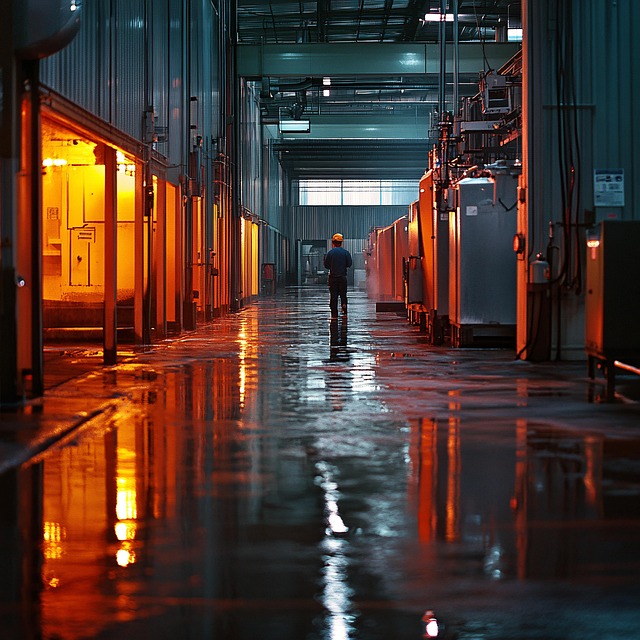
Understanding customer expectations is a critical aspect when streamlining repair authorization processes for any collision center or fender repair shop. In today’s digital age, customers are accustomed to instant and efficient service, expecting seamless interactions from initial inquiries to final payments. This heightened expectation can significantly influence the effectiveness of authorization procedures. When a collision repair shop fails to meet these expectations, it may lead to customer dissatisfaction, impacting business reputation and potential repeat clients.
Therefore, a strategic approach is necessary to align authorization services with modern consumer demands. This involves optimizing communication channels, providing transparent updates, and ensuring prompt decision-making. By implementing digital solutions for quotes, approvals, and payments, collision repair shops can enhance the overall customer experience, making it more convenient and efficient. Adapting to these expectations is key to maintaining a competitive edge in the market, especially as customers increasingly turn to online platforms for their repair needs.
Overcoming challenges in repair authorization services requires a multifaceted approach. By identifying and addressing common issues, such as streamlined communication, efficient approval processes, and aligning customer expectations, repair shops can enhance their operational efficiency and customer satisfaction. Leveraging technology, fostering clear partnerships with service providers, and prioritizing transparency throughout the authorization journey are key strategies to ensure a seamless experience for all stakeholders. In the end, improving repair authorization services not only strengthens the relationship between repair shops and customers but also contributes to a more robust after-sales support ecosystem.


